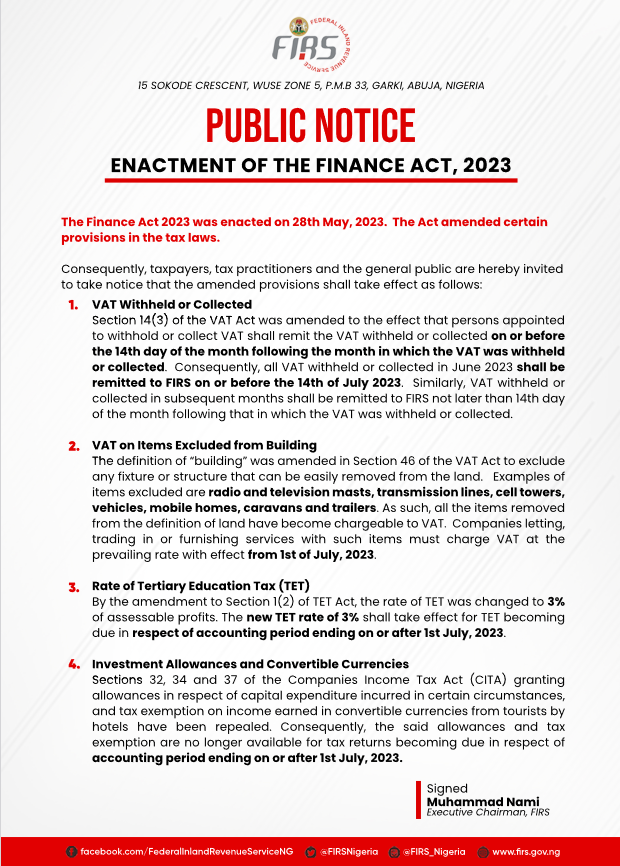When an Amazon package arrives at our door, we scarcely give any thought to what it took to get here. It’s likely that your school supplies or article of clothing has traveled a great distance across the ocean by vessel.
International shipping accounts for 90 percent of world trade, and the old saying “there’s many a slip ‘twixt the cup and the lip” is appropriate. Much can go wrong between the point of origin and destination — and lately Marine insurers are keeping a close eye on developments in our climate, the economy, and public health that could influence the odds of a successful delivery.
The annual Safety and Shipping Review produced by Allianz details trends and developments in shipping losses and safety and is a valuable resource for Marine insurers. Here are some of the major highlights.
Losses at sea
First, let’s look at losses of vessels at sea, where the trend is stable. There were 49 total losses of 100 gross tons or more in 2020, compared to 48 a year earlier. Credit better safety measures, regulation, improved ship design and technology, and advances in risk management. Behind the numbers, however, are a host of volatile factors, such as extreme weather, machinery breakdown, fires, and even piracy. Ship operators can improve fire detection and firefighting on large vessels and ensure that machinery has been inspected and is in good working order. Also, weather impacts can be mitigated by improving forecasting and vessel routing.
Another big concern of insurers is shipping containers lost at sea. Last year, more than 1,000 fell overboard in the first few months due to rough weather and heavier loads. A surge in demand for consumer goods is another factor; in response, containers are being stacked aboard at unprecedented heights, leading to concerns that they aren’t being properly secured. In all, more than 3,000 containers were lost at sea in 2020, compared with a longer-term average of 1,382 per year.
Pandemic impact
Next is the global pandemic, which has had little effect on Marine insurance claims to date. It’s quite possible that claims could increase as more vessels are put back in service and we see the effects of delayed maintenance. Another big concern is crews confined to their ships in ports due to public health mandates, which delays crew changes and medical treatment. Crew fatigue leads to human error – a major cause of many losses.
These are factors that warrant immediate action by all stakeholders in the supply chain, including cargo owners. One solution is to designate merchant seaman as vital workers so they can receive vaccines and move about freely.
Bigger ships, bigger problems
Size does matter in global shipping. Remember the ship stuck in the Suez Canal for over three months? The Ever Given incident was a vivid illustration how hard it is to free large vessels. When it takes more equipment and more manpower, someone must pay. Not to mention the societal and economic cost of supply-chain disruption. There’s a real possibility we will see bare shelves and lots of “items unavailable” this holiday shopping season.
So if bigger vessels cause bigger problems, why are there so many of them? It’s all about economies of scale and fuel efficiency, and shipping companies really can’t be blamed for trying to comply with increased environmental regulations and attempting to reduce their operating costs. However, large vessels pose problems for the supply chain, often overwhelming ports when so many containers are dropped off at once.
Vessel size also has a direct correlation to the potential size of loss, and this is an issue that keeps Marine insurers up at night. Too often, cargo is misdeclared or improperly declared, which can result in fires. For example, if self-igniting charcoal, chemicals or batteries are not properly stowed, the risk of ignition escalates dramatically. And if the item is improperly declared in the first place the crew doesn’t know what it’s dealing with in an emergency.
Compounding the problem is inadequate fire detection and firefighting capabilities on large vessels; for this reason, the International Union of Marine Insurers (IUMI) is rallying stakeholders to establish more stringent standards.
At first glance, it appears the risks associated with global shipping are a moving target. But more careful scrutiny reveals patterns and trends that, when carefully analyzed, can lead to improved loss mitigation, thus reducing the “slips” that can occur in transit.
Captain Andrew Kinsey is Senior Marine Risk Consultant at Allianz Global & Corporate Specialty and chairs the technical services committee of the American Institute of Marine Underwriters, which is a Triple-I Associate Member.










































